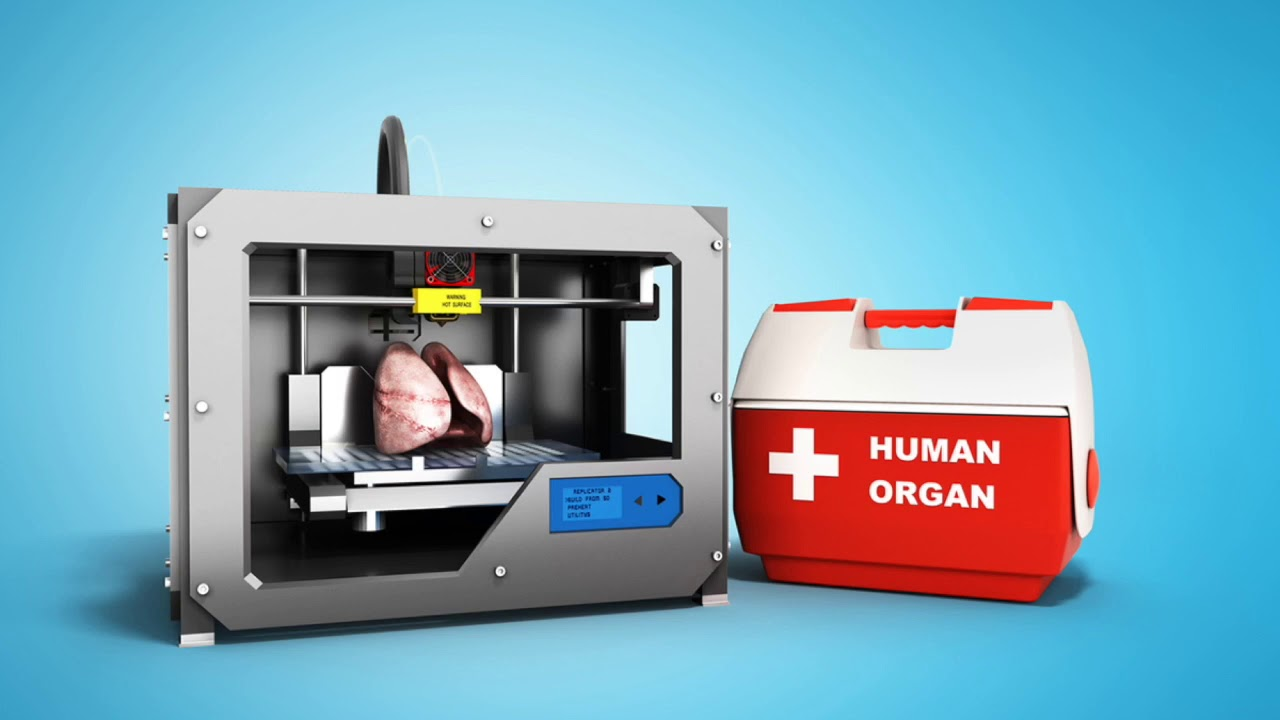
3D bioprinting is an innovative technology that utilizes specialized 3D printers to create functional, biological replicas of human organs and tissues. This process involves the use of bioinks—materials composed of living cells and supportive biomaterials—to construct structures that mimic the natural architecture and functionality of human tissues.

How Does 3D Bioprinting Work?
The bioprinting process typically follows these steps:
- Pre-Bioprinting (Design and Preparation): A digital model of the desired organ or tissue is created using imaging techniques like MRI or CT scans. This model guides the printing process.
- Bioprinting (Fabrication): The bioink, loaded with living cells, is deposited layer by layer by the bioprinter to build the tissue structure. Advanced printing methods have enabled the creation of complex structures, including branching blood vessels within heart tissue, closely replicating human vasculature.
- Post-Bioprinting (Maturation): The printed structure is incubated to allow cell growth, maturation, and the development of functional tissue properties.
Applications and Advancements
3D-printed tissues have significant applications in medical research and therapeutic fields:
- Drug Testing and Development: Bioprinted tissues provide realistic models for testing drug efficacy and toxicity, potentially reducing the reliance on animal testing.
- Personalized Medicine: Tissues can be printed using a patient’s own cells, minimizing the risk of immune rejection and paving the way for personalized therapeutic approaches.
Recent breakthroughs include the development of elastic hydrogel materials designed for 3D printing soft living tissues, addressing challenges in creating structures like blood vessels.

Challenges and Future Prospects
Despite significant progress, several challenges remain:
- Vascularization: Creating a network of blood vessels within printed tissues is crucial for nutrient and oxygen delivery but remains complex.
- Structural Integrity: Ensuring that bioprinted organs maintain their shape and function over time is essential for their viability.
- Regulatory Hurdles: Bioprinted organs must undergo rigorous testing and approval processes to ensure safety and efficacy before clinical use.
Experts estimate that the transplantation of fully functional 3D-printed organs in humans may become a reality within the next two to three decades.
In summary, 3D bioprinting holds immense promise for revolutionizing healthcare by providing innovative solutions for organ transplantation, drug testing, and personalized medicine. Continued research and technological advancements are essential to overcome current challenges and fully realize the potential of this groundbreaking technology.



